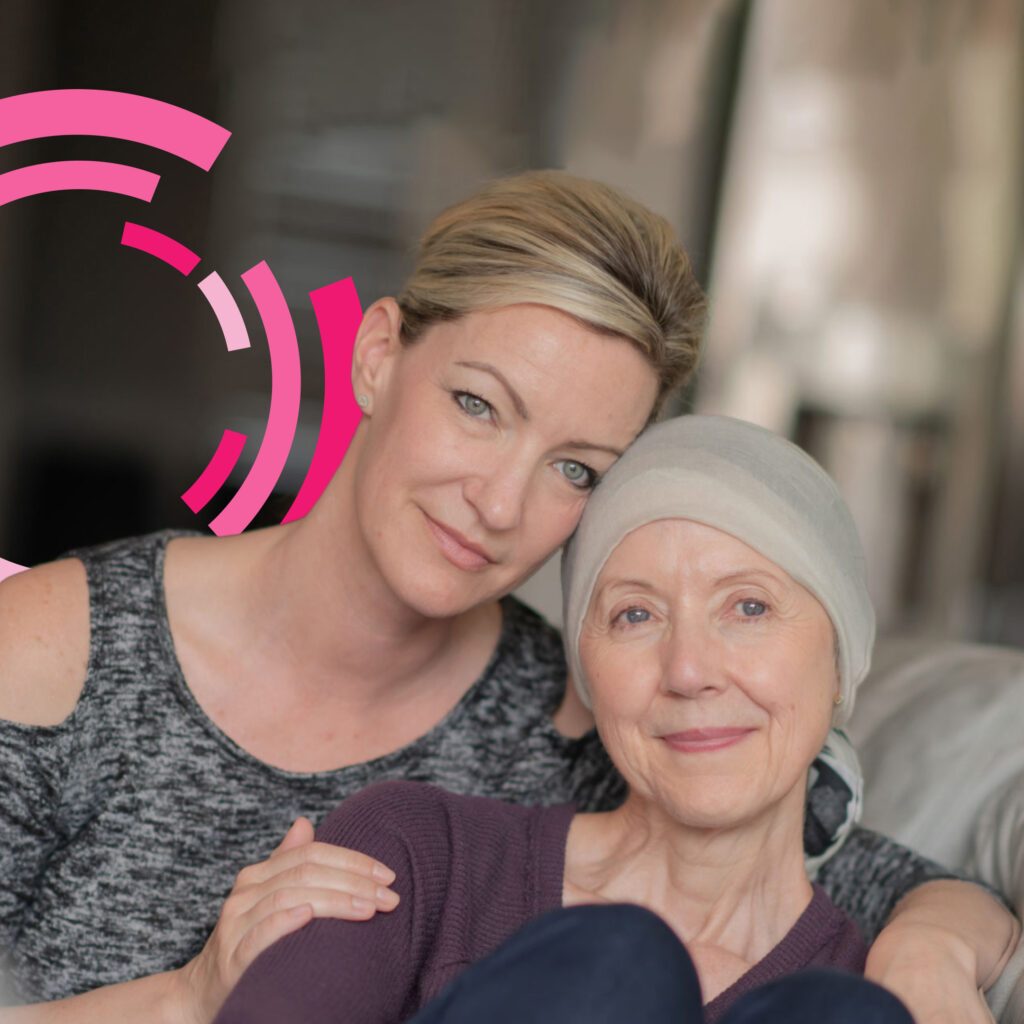
Breast cancer clinical trials study investigational medications alone, or in combination with other study medications, or standard of care therapy.
For patients with hormone receptor positive breast cancer
There are three different receptors that are commonly found in breast cancer cells: the estrogen receptor (ER), the progesterone receptor (PR), and the human epidermal growth factor receptor 2 (HER-2). When the hormones estrogen and progesterone attach to their receptors, they are activated and fuel cancer growth. Active HER-2 also fuels cancer growth. When any of these receptors are present on the cell, non-chemotherapy treatments that block these receptors, such as hormone therapy or HER-2 targeted therapy, work either alone or in combination with chemotherapy to kill cancer cells or stop their growth.
For patients with triple negative breast cancer (TNBC)
Triple negative breast cancer represents 10% to 15% of all breast cancers. A TNBC diagnosis means that the cancer cells have tested negative for the 3 different receptors that are commonly found on breast cancer cells: the estrogen receptor (ER), the progesterone receptor (PR), and the human epidermal growth factor receptor 2 (HER-2).



